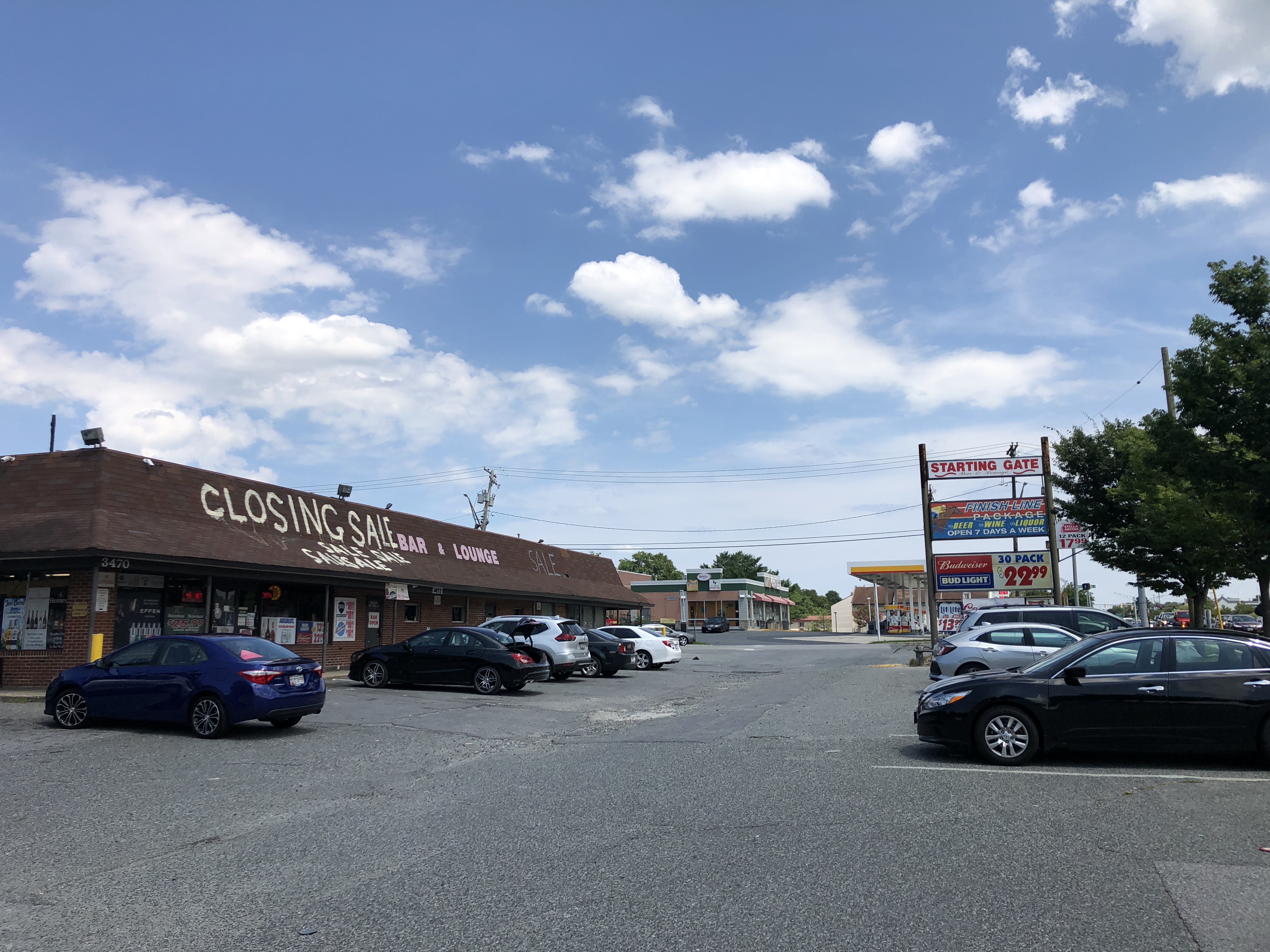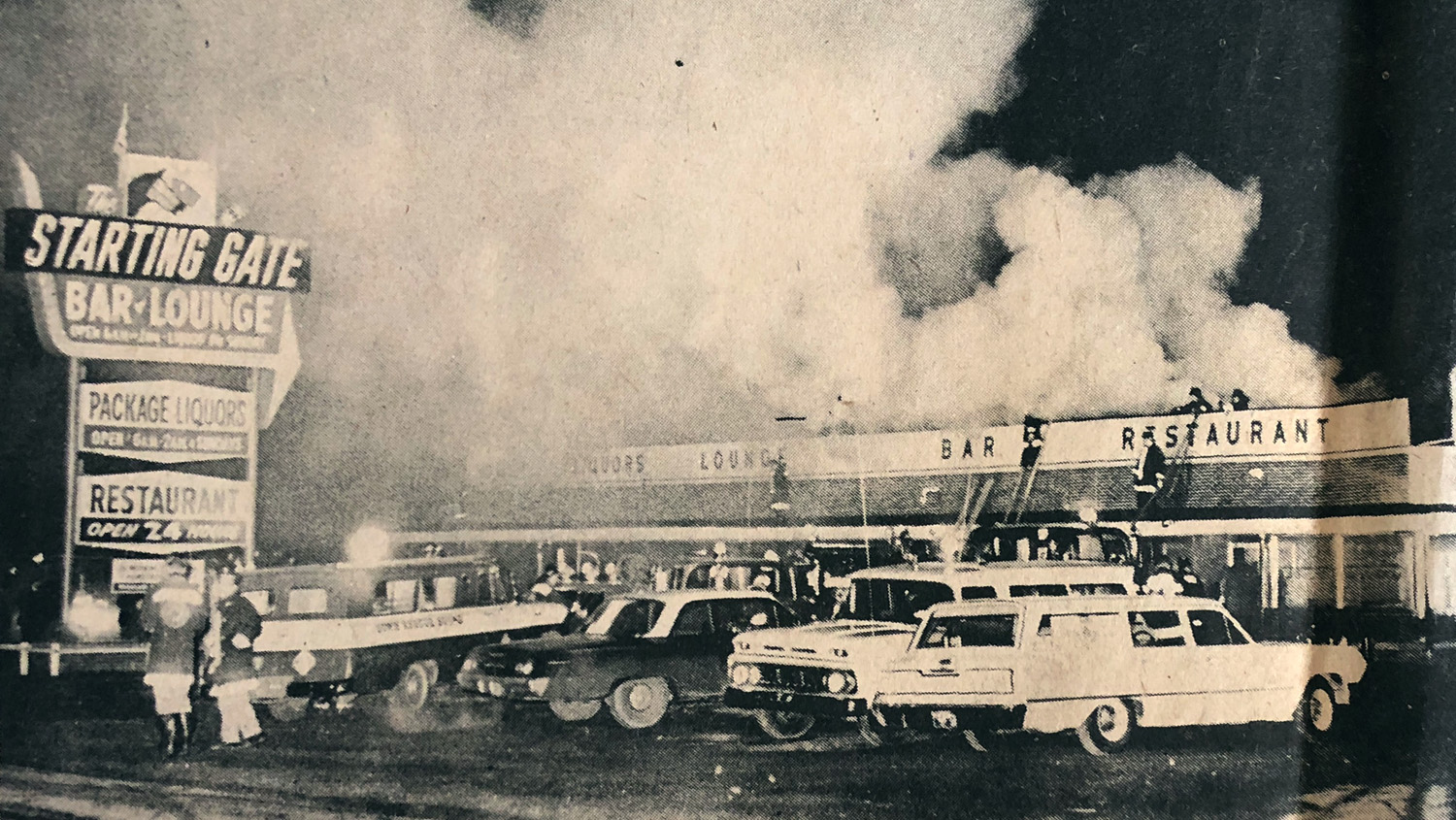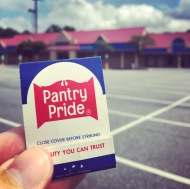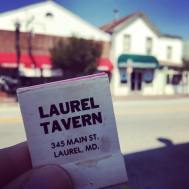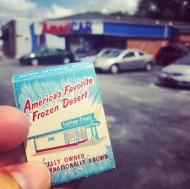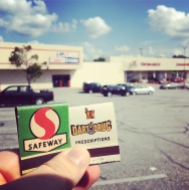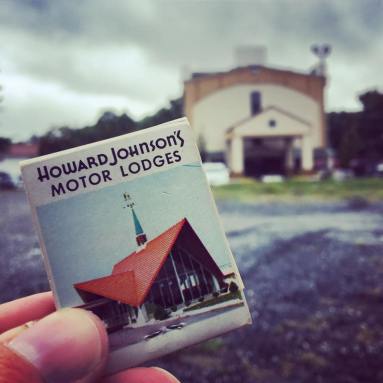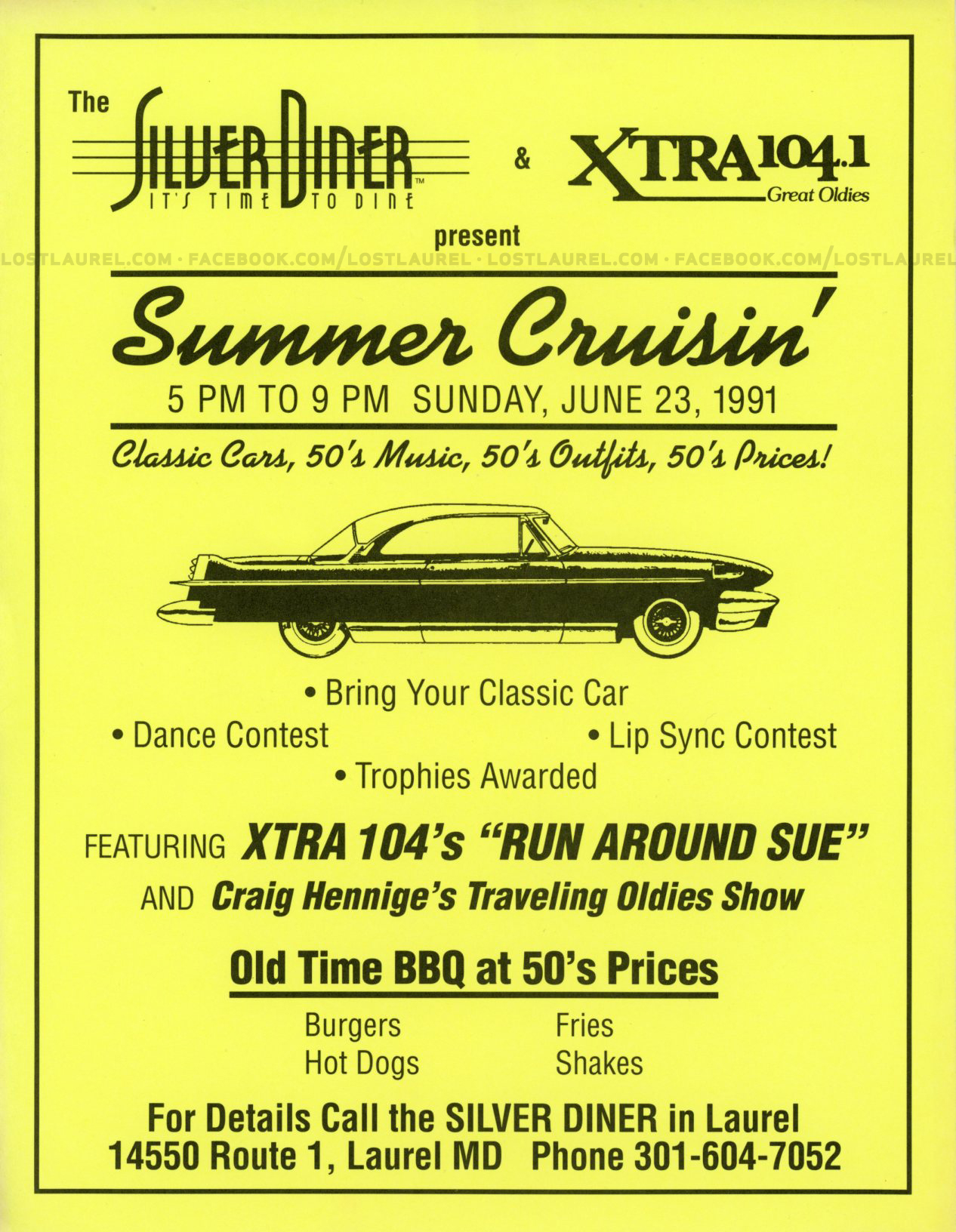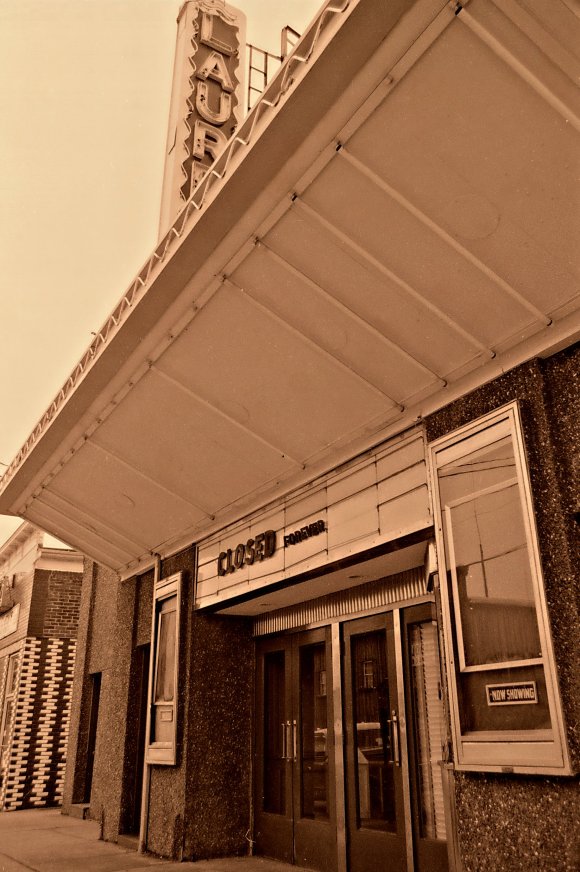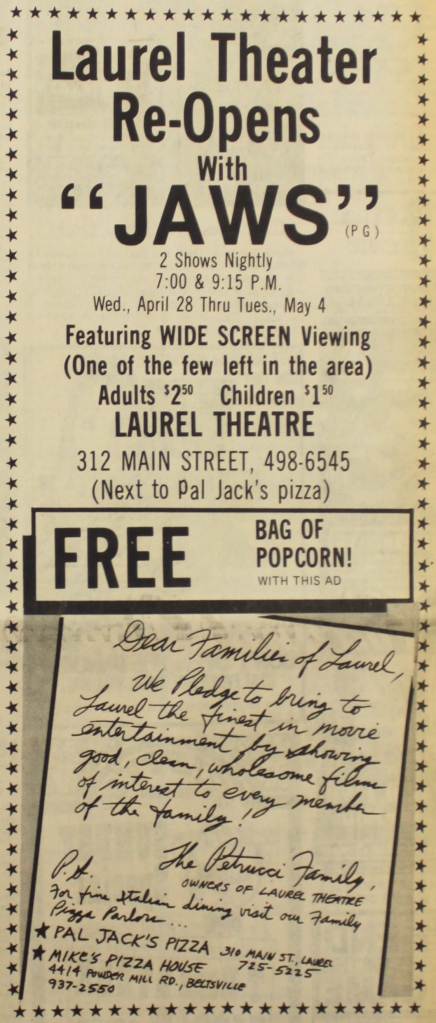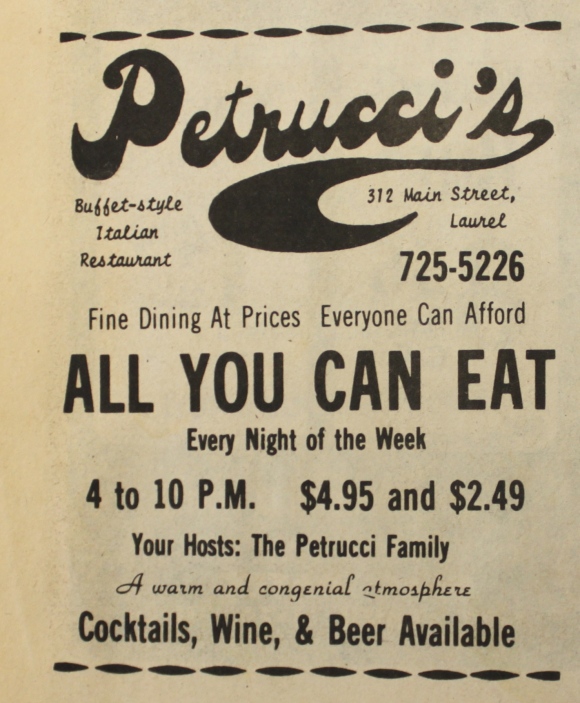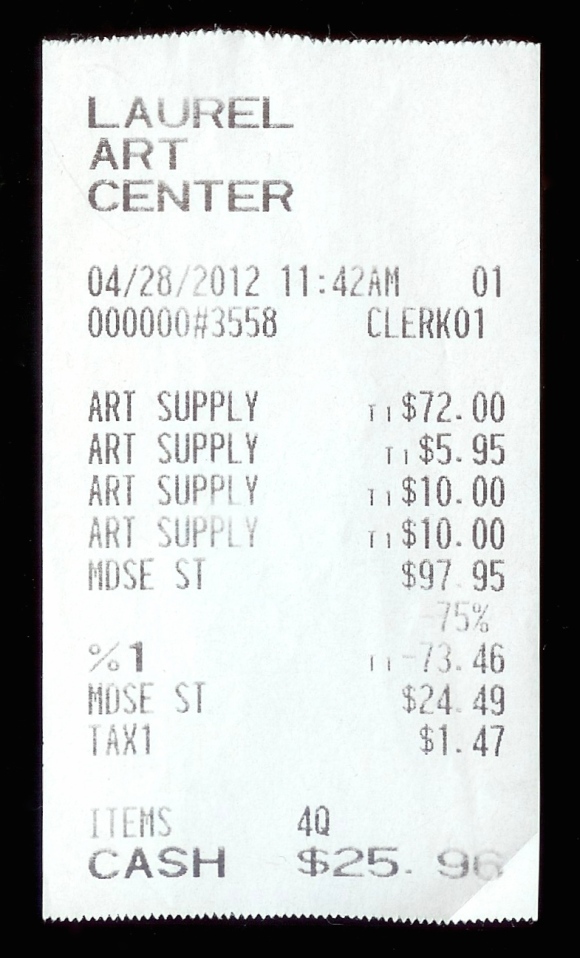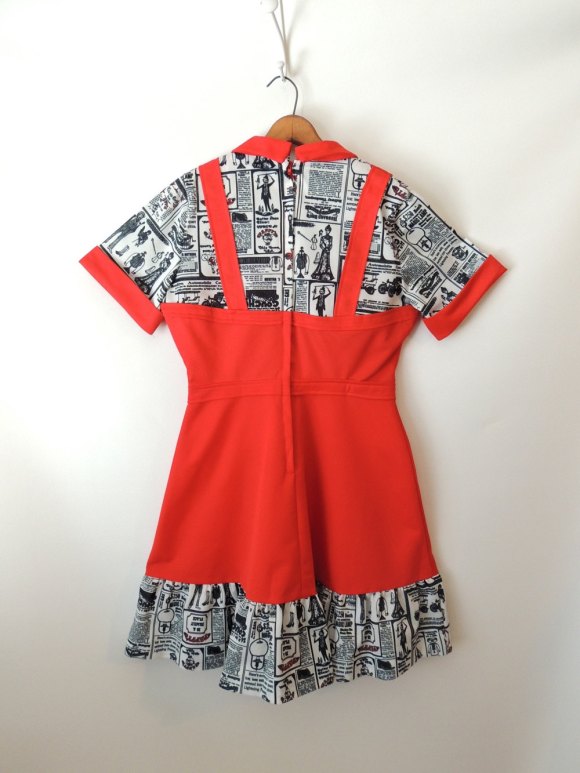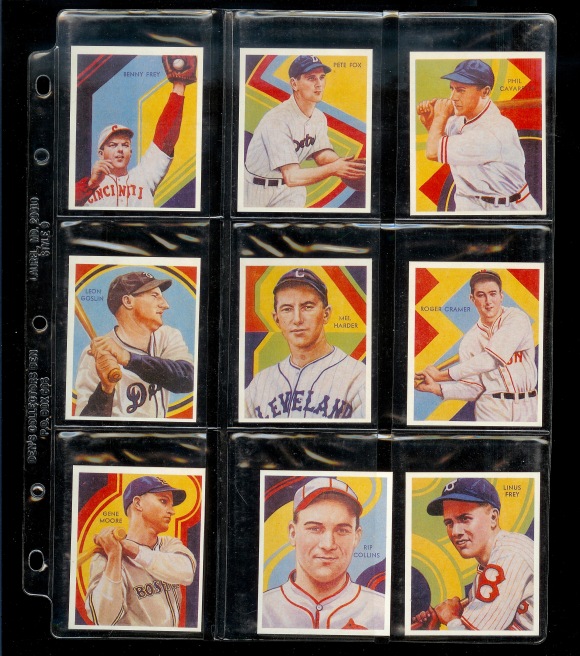
When I was a kid in 1979, the year 2020 seemed like an eternity away. I expected there’d be flying cars and routine space travel… Although I didn’t give much thought to who or what might no longer be around. But I’m sure if you asked adults at the time which local businesses would still be in existence over 40 years into the future, Shane’s Sandwich Shop probably wouldn’t have been high on the list. But then again, Shane’s always seemed to fly under the radar.
Improbably, it has lasted. It actually outlived the bowling alley with whom it shares a parking lot.
But, unfortunately, not by much.
We’ve learned that Shane’s is finally closing. Their last day is January 30th.
Word began to spread from saddened regular customers on social media, and even the City of Laurel’s Facebook page posted a tribute:

Like many, I wondered what had happened. Had the owner decided to step back and enjoy a well-earned retirement? Had business slowed after the bowling alley suddenly closed last year?
I received a message from the owner’s niece, Jacqueline, sharing a bit of insight into the situation. As it turns out, Shane’s actually wasn’t planning to close anytime soon. Sadly, that decision was made for them by the landowner, whose attorney notified them that the building had been sold. And, per the terms of their lease, they had 30 days to vacate the premises.
This was a forced closure.
But I’m getting ahead of myself. First, I want to take a moment to look back at this unique little restaurant and appreciate just how it came to be such a staple in our town.
1979
1979 was a pretty good year for Laurel.
The grand opening of Laurel Centre Mall that October was the obvious highlight, with locals waiting anxiously for ten months before getting to explore the new, state-of-the-art shopping facility. The adjacent Laurel Shopping Center received a major facelift that year, too, in complement to the new mall. The Route 1 skyline even changed dramatically, with the rise of the 10-story Arbitron Building.
But earlier in the year, a much smaller business set up shop just a stone’s throw east of the mall, in the parking lot of the Fair Lanes bowling alley on Marshall Avenue. That’s when Shane’s opened with little fanfare—just a series of 25¢ off coupons that April in the Laurel Leader.

Actually, Shane’s wasn’t totally new. It had previously been Harley’s Sandwich Shop, which had opened in the little building way back in 1966.
Harley’s Sandwich Shops were a big deal in the Baltimore region. Founded by Harley Brinsfield in the 1940s, his sandwich shops became one of the first local fast food chains. Ready to retire by the end of the 1970s, he sold the business to Shane’s—a new franchise eager to take over the Harley’s locations.


Shane’s was essentially just a rebrand of Harley’s Sandwich Shop. In fact, as noted in the coupon ad above, nothing had changed but the name. The menu remained intact.
Jacqueline’s grandfather, Chang Ik Ham, bought the Laurel franchise location in 1985. Running the little restaurant was truly a family affair and a labor of love, as nieces, nephews, and others routinely pitched in throughout the years.


Mr. Ham worked at the restaurant every day until he was suddenly diagnosed with leukemia in 2001, and passed away just four months later. He was only 69 years old.
His nephew, Sang Chun, took over the business and has worked there tirelessly ever since. Mr. Chun is the gentleman you’ve most likely seen manning the store over the past two decades. He has an uncanny ability to recognize customers and remember their sandwich orders, no matter how long it’s been since their last visit. In fact, if you phone in your order, he typically recognizes your voice and immediately knows which sandwich you’re about to request—that’s not an exaggeration!
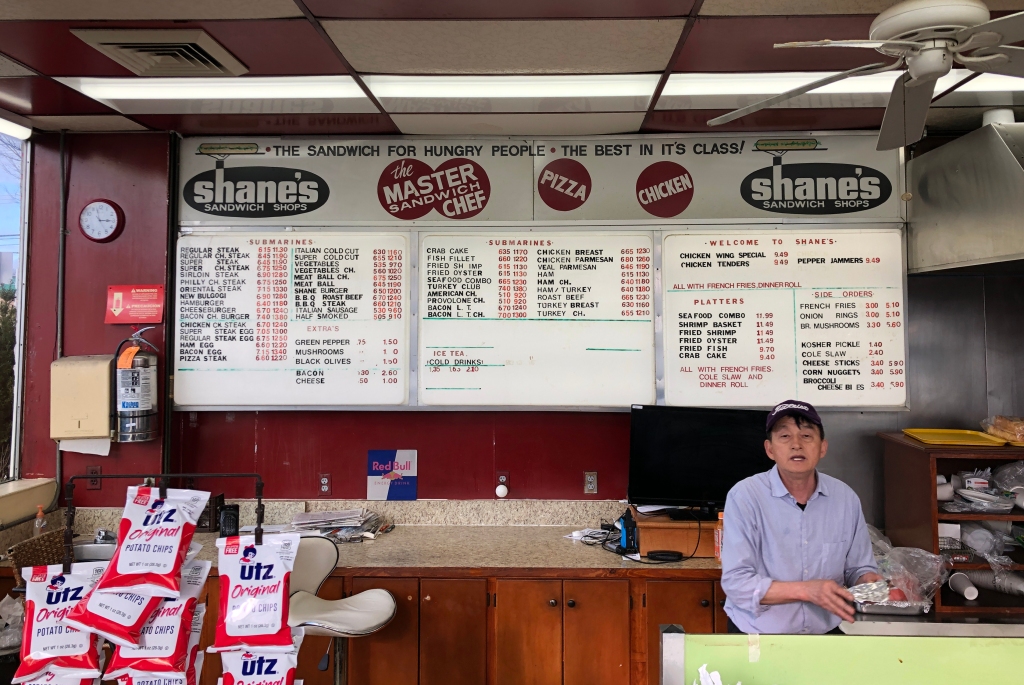
Shane’s (and Harley’s, previously) was practically an extension of the bowling alley. When AMF abruptly closed the bowling alley last August, it came as a shock to all. It had opened back in 1961, and really never lacked for business in its final years, ironically. The bowling alley was, however, hopelessly mismanaged and understaffed, but I digress. Shane’s was as natural a parking lot partner for a bowling alley as you could dream up. More often than not, bowlers would take a break and walk the few steps to Shane’s rather than wait for a second-rate sandwich at the Bowling Alley’s restaurant counter; and then sneak the subs back inside.
In the heyday of “cruising,” Laurel’s teenagers and twenty-somethings inevitably ended up in the Shane’s parking lot at some point over the course of the night. Seeing the parking lot (and the restaurant itself) packed to capacity Saturday night was like a time warp.

It was also a clear outpouring of love by locals—and former locals like myself, who’d driven from some distance—to experience Shane’s one last time.

As disappointed as I am that Shane’s is closing, I’m more disappointed for Jacqueline’s family. I constantly hear (usually from elected officials or those in the position of profiting in some way) that “everything has to change at some point.” Believe me, I understand and accept that fact. But it’s the way something like this is changing that angers me. There’s a right way and a wrong way to affect change; and forcing out a small business that’s been here for over 40 years by suddenly giving them 30 days’ notice—that’s the wrong way.
Mr. Chun wasn’t—and isn’t—planning to retire. He’s now forced to find employment, which is always easier said than done, especially after so many years of working for oneself.
“We are beyond saddened about the forced closure. We feel as if we are leaving a part of our family behind with the closure of Shane’s. We all got teary eyed reading comments people left on Facebook of their memories of Shane’s.”
Jacqueline (niece of Sang Chun, owner of Shane’s Sandwich Shop)
Shane’s was one of just a startlingly few long-time local businesses left in Laurel. Think about it for a minute: how many niche places—locally-owned businesses that are unique to Laurel—are still here that existed 40 or more years ago? Bart’s Barber Shop, Dottie’s Trophies, Nuzback’s, The Tastee Diner, Toucan Taco … You can literally count them on one hand.
According to the Maryland Department of Assessments and Taxation, the property (both Shane’s and the former bowling alley) are owned by iStar Bowling Centers II LP. Jacqueline’s family has heard that the bowling alley will become a Latino grocery store, so perhaps the Megamart (currently sharing the old Dart Drug space on nearby Bowie Road) is relocating into that larger building. But there was no word on what will become of Shane’s after it closes.
Shane’s was one of those rare, beloved businesses that, after so many years of surviving, we assumed it would simply always be around. That’s going to end this week, unfortunately. Please stop by before they close for good on Thursday, January 30th, and savor those subs one last time. More importantly, wish Mr. Chun and his family the best of luck, and thank them for 40-plus years of unrivaled sandwich service.




